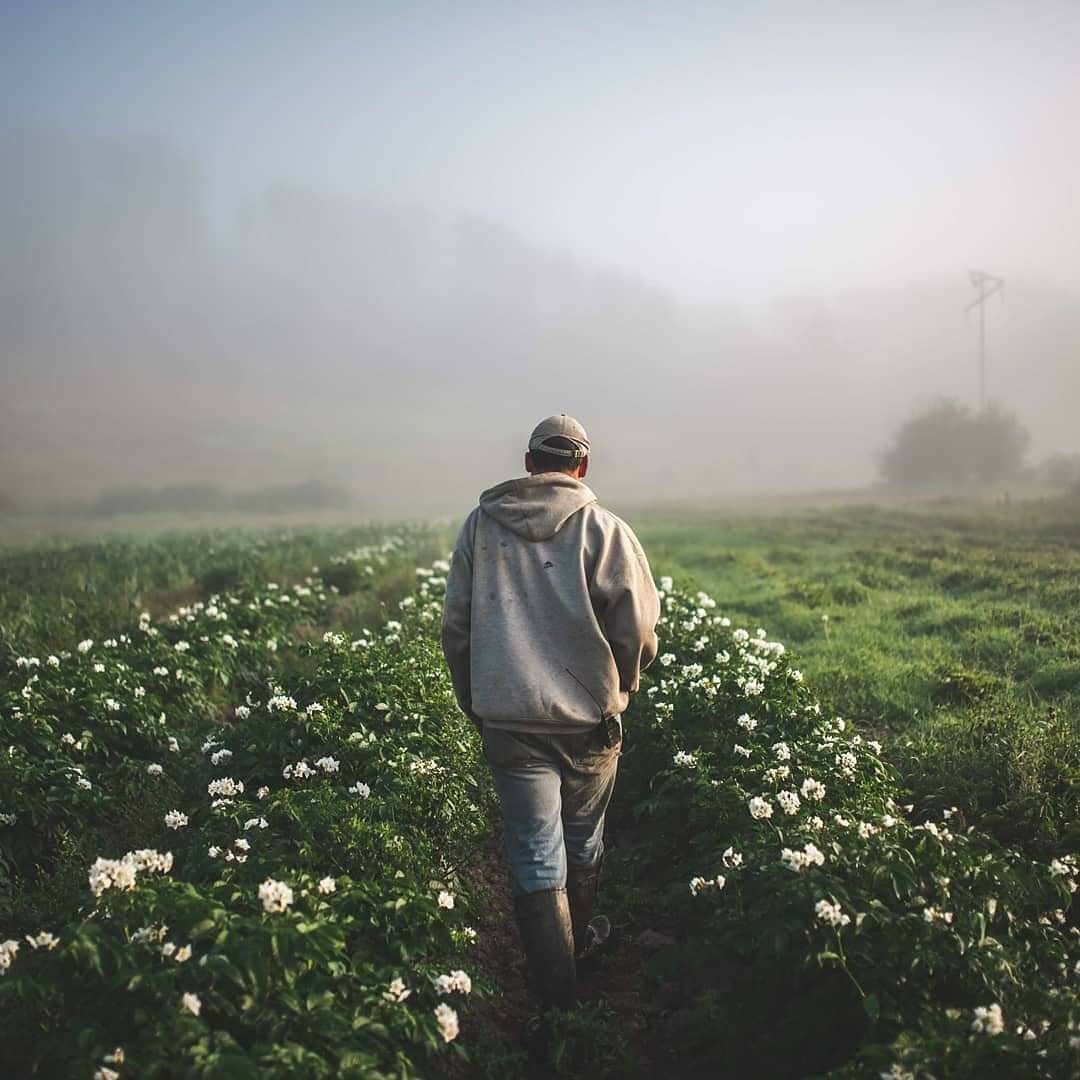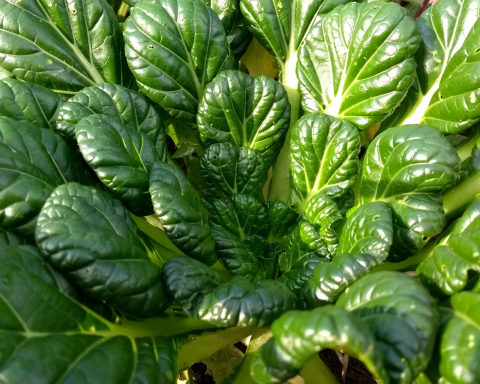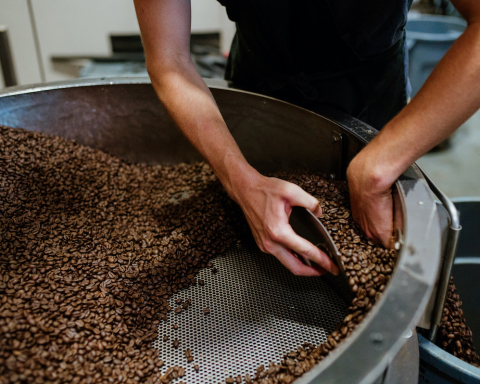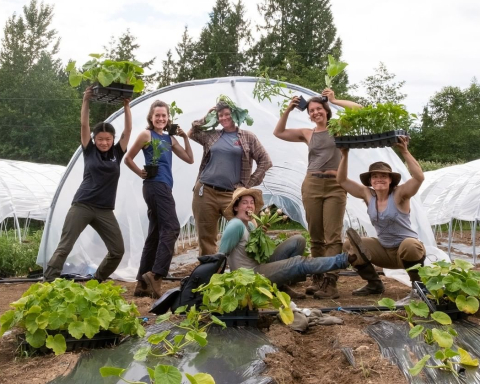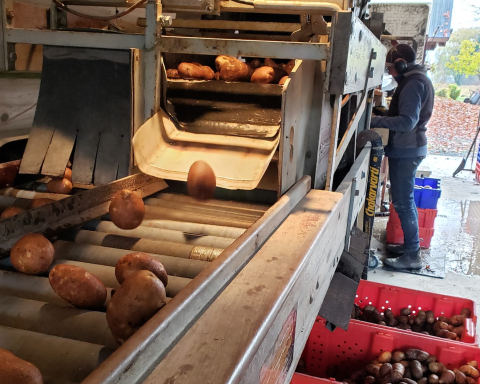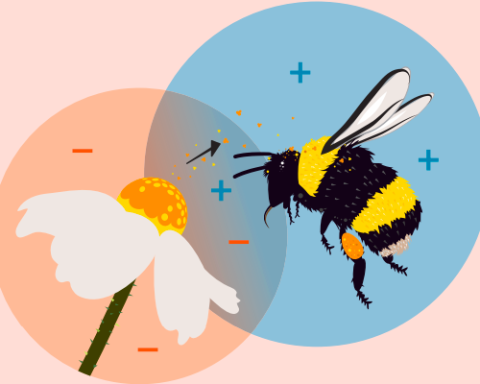Andrew Adams
Trees, shrubs, and seeds all wait to begin a lifetime or two of photosynthesizing sugars for human and animal consumption and enjoyment.
The road where Walter’s backhoe broke in a muck of two summers of nonstop rain is now ditched and has a new layer of gravel. Part of me broke in that spot. I walked away from that machine until the following spring when I magically got it out despite its broken axle.
The field has its drainage ditches dug for freshet or non-stop rain.
There are many ponds on the property now and I want more.
My back is feeling well and my heart still says go forth and plant.
For several years, I was always happy working way more acres than someone should with basically no machines. I had always been athletic and loved to challenge my body as well as my mind. Three hard summers in a row, a handful of years working in the bush while farming, and two kids later, I am no longer 25.
I sat on an advisory committee on climate change adaptation for farmers a few years ago and the models were stark. As soon as I saw the models, what was predicted to happen in 10 years started happening now. And we felt it.
The shake up in the world’s food system and transportation system over the past few years was jarring to most individuals within reach of a satellite dish or radio wave. We were no different.
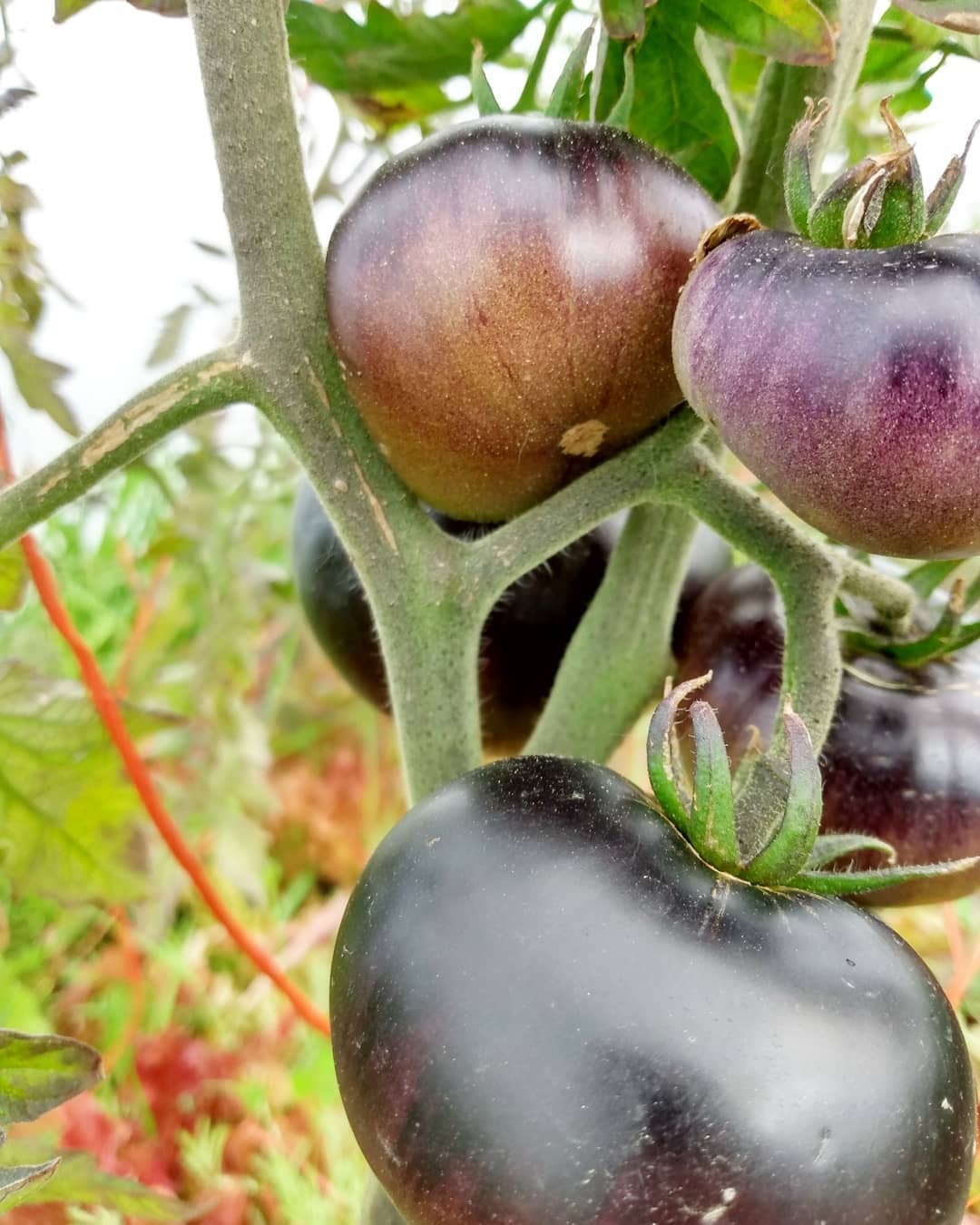
I had a local friend and restaurant owner come to me during the beginning of the pandemic and say, “It’s happening just like you said it would with food shortages. I thought you were crazy.” I likely am crazy, as it runs in my family, but I think it’s been obvious to many that our system of growing and transporting food is a bit broken.
There was nothing like facing record-breaking weather events, disasters, a pandemic, and supply chain disruptions—and now having two kids—to spur me into thinking long-term a bit harder.
Two things became apparent to me: we needed to expand our greenhouse side of the farm to mitigate the effects of our already harsh environment (we are on class 7 land), and we needed to make plans for long-term resiliency and move quickly because I am not getting any younger, as they say.
We expanded our greenhouse operations with loans, sweat from friends and family members, and lots of studying. Now, we can grow large volumes of annual vegetable crops relatively safe from the major challenges of the season. Basically, we reduced our risk on our annual income.
It was time to start the long-term project.

We had read of Indigenous food forests being found in what is known to many as British Columbia and standing the test of time.
We had dabbled over the years in trialing various varieties of berry plants, fruit trees, etc., just by placing them in our clay soil and watching them year by year. We watched some die and we watched some thrive and we watched some just exist in a state of almost cryogenesis in our gleysolic clay and we knew their native cousins in the forest.
We watched native species of fruit-bearing shrubs and nut-producing trees provide nearly every year to our family and to the wildlife despite the type of season it was weather-wise.
A good dear friend who I would call an adopted mother and mentor in the world of local botany and growing in difficult climates had a library and then-some of all the information we needed to pursue this adventure.
We began studying more often about trees and shrubs and visiting my mentor every week to soak up as much information as I could, and then we made the decision. This past year, I purchased prodigious amounts of seed, shrubs, flowering plants, and equipment.
The field will be laid out with wind breaks of willow and red osier dogwood to provide not only wind break but food for wildlife if they out-sneak the guard dogs. A wall of dessert to keep them from browsing the more valuable human-destined crops. It will encircle the field like a horseshoe with the open end facing the south.
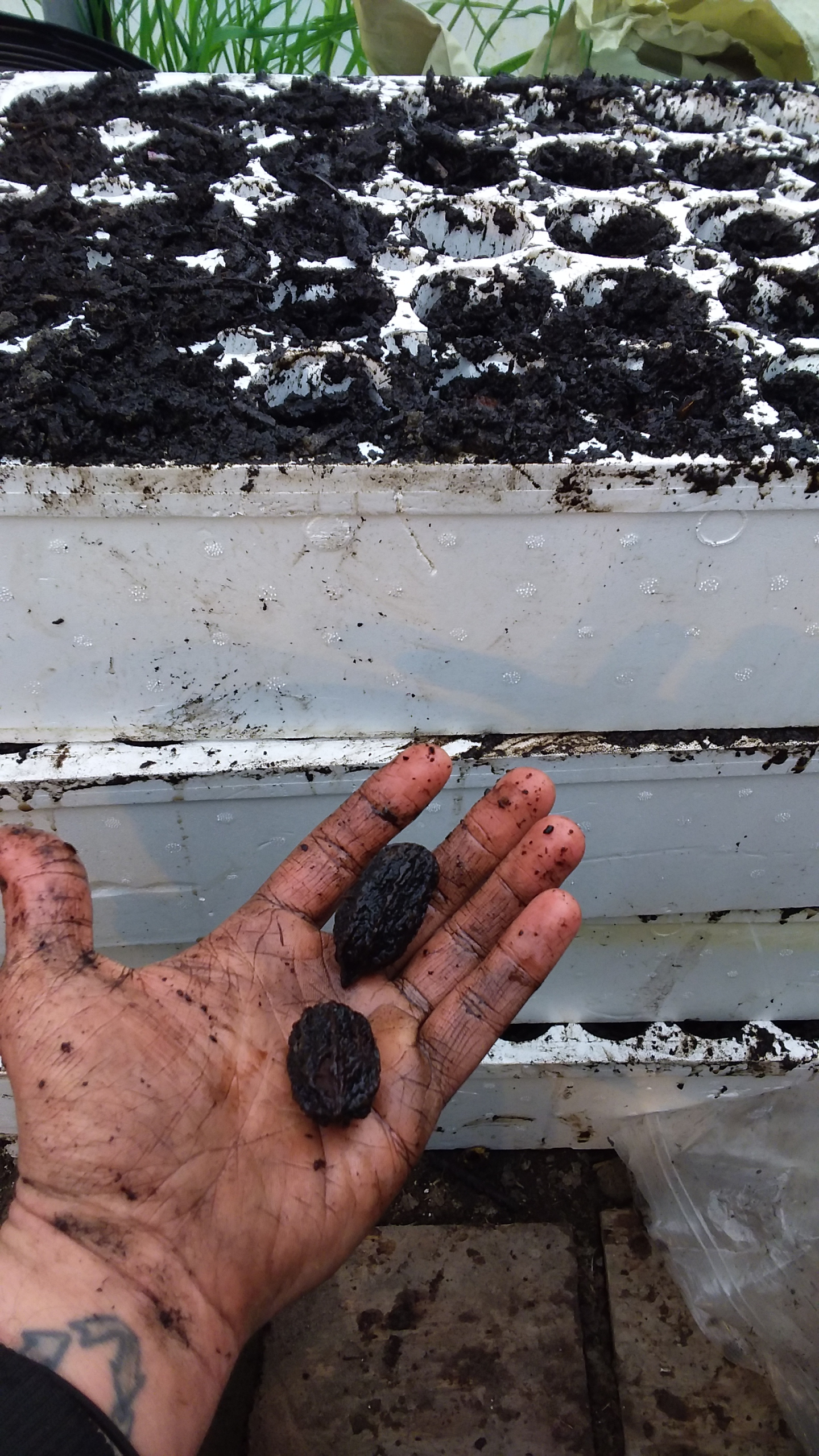
The next interior layer will be flowering shrubs for pollinators and nesting song birds, followed by apple trees and small “thickets” of butternut trees. The next layer of the agroforest will be the Saskatoon and then Haskap berries. And within the all layers, various native plant species will be reintroduced within the population for more diversity.
The orchard will take a few years to begin bearing fruit physically but it will continue do so with minimal input—as opposed to our annual vegetable crops—once established. Much of the maintenance of the field can be done with our implements and tractor which is a huge bonus, because apparently you can’t work 18-hour days on the farm and be the best dad in the world.
I hope my boys and the community (which includes the local ecosystem) will benefit from the orchard but like all projects, only time will tell, and the time will be marked in the rings of lignified carbon.
If it works financially once up and going, we have plenty more acres that will receive the same silvicultural prescription based on local ecosystem observation.
Is this regenerative agriculture? Is this permaculture? I really don’t like to place labels on anything and some folks are down right cultish about some of those words. How about we call it a slow dance with the ecosystem in which we are all in step.
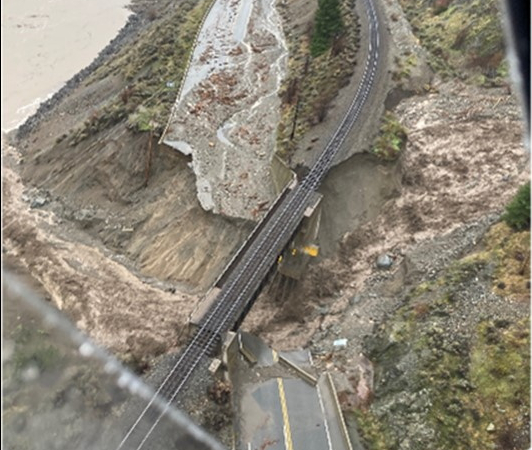
hopefarmorganics.com
Andrew Adams is the co-founder and farmer at Hope Farm Organics in Prince George. Andrew has a Bachelor’s of Science in Agriculture from Kansas State University and his partner Janie has a Bachelor of education. After seeing the state of food security and agriculture in the north the two felt obligated to make real change in the form of organic food production and thus created Hope Farm in 2011.
Feature image: Walking through the potato patch. Credit: Andrew Adams.


